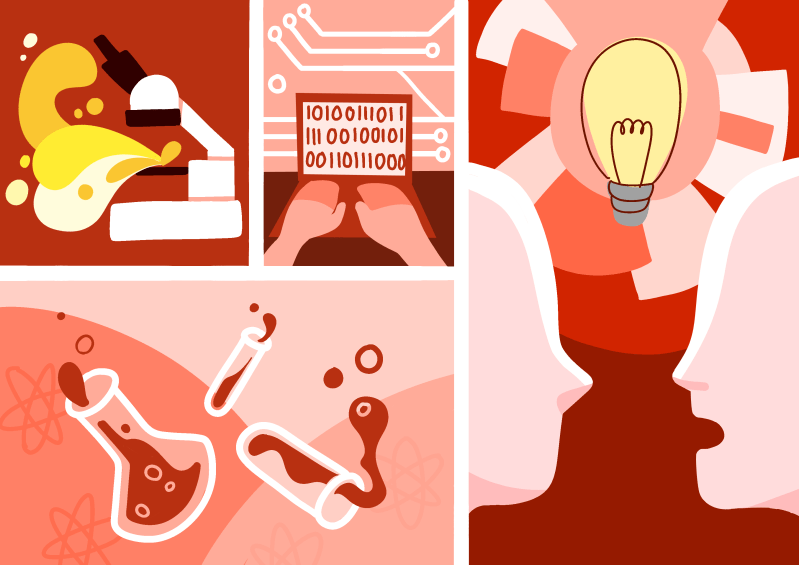The academics desk gathers a weekly digest with impactful and interesting research publications and developments at Stanford. Read the latest in this week’s Research Roundup.
SLAC builds largest digital camera for astronomy
Engineers at Stanford’s SLAC National Accelerator Laboratory finished the construction of the Legacy Survey of Space and Time (LSST) Camera this month, a 3,200 megapixel digital camera. The milestone completes nearly two decades of research and development on a key observational tool.
The research team will place the record-setting camera atop a telescope at Rubin Observatory in Chile. Once the camera gains full functionality, it will guide researchers to explore dark energy and matter, aspects of the universe fundamental to the workings of physics and astronomy, yet those that scientists have yet to gain much foothold on understanding.
According to SLAC, the camera weighs over three tons and carries a front camera lens five feet across — a record for a camera of its type and purpose. Each one of its 3.2 billion pixels go toward making the definition of its images immensely sharp.
The camera “could resolve a golf ball from around 15 miles away, while covering a swath of the sky seven times wider than the full moon,” said Aaron Roodman, a particle physics and astrophysics professor at SLAC. “These images with billions of stars and galaxies will help unlock the secrets of the universe,” Roodman said.
The camera, a core piece of the Rubin Observatory, will allow scientists to track the weak bending of light by gravity with precision. In addition, astronomers plan to dive into the secrets of our galaxy, the Milky Way, with newfound detail.
For now, the LSST Camera will take the nearly 6,000-mile journey to Chile and be brought 8,900 feet above the ground to prepare to document the universe, nestled in the Andes mountains.
Stanford Medicine finds potential new epilepsy treatment
Researchers found, in a April 17 Nature Medicine study, that investigating a specific region of the brain before surgery could lead to improved surgical outcomes for patients with epilepsy.
Currently, the only effective treatment for epileptic seizures that cannot be solved through medications involves performing surgery on the temporal lobe of the brain. According to Stanford Medicine, , this approach fails to relieve patients of seizures one-third of the time. Researchers discovered that mapping the fasciola cinereum, a small region of the hippocampus, for seizure activity can help doctors tailor their surgical approach to better suit each patient and deliver more consistent and effective outcomes.
Surgeons can use stereoelectroencephalography, or sEEG, electrodes to map areas of the brain. The researchers found that documenting brain activity from the fasciola cinereum can lead to better understanding of what causes a patient’s seizures and how to solve them through surgery.
“Our findings suggest that all patients with drug-resistant temporal lobe epilepsy should have depth electrodes placed in the fasciola cinereum as part of the surgery planning process,” said professor of neurosurgery and neurosciences Ivan Soltesz.
AI improves nurse-doctor teamwork
A new artificial intelligence (AI) model developed by Stanford Med aims to support doctors and nurses in monitoring patient information and health statuses.
The AI model analyzes vital patient metrics and decides whether the patient is likely to suffer a health decline. If one is likely, the program alerts the health care workers so they can act accordingly.
Nurses and doctors often need to trade off patient information and updates. However, Ron Li, the study’s senior author and a Stanford Medicine associate professor, explained that key patient needs may be lost in the bustle of day-to-day operations at the hospital. Stanford Medicine physicians hope the implementation of AI tools can alert health care workers when they miss certain aspects about patient health trajectories.
“This model is powered by AI, but the action it triggers, the intervention, is basically a conversation that otherwise may not have happened,” Li said.
The medical researchers behind the model will examine refining the AI to improve its accuracy in reading changes to patient health.
